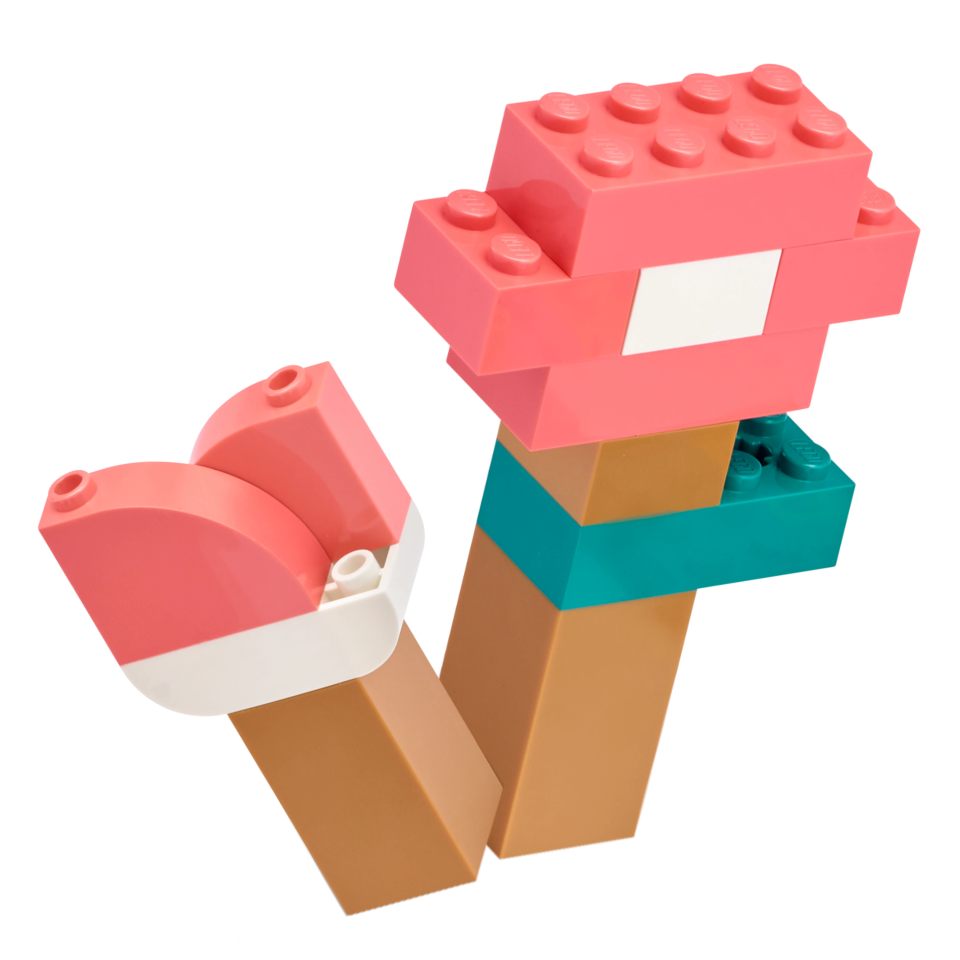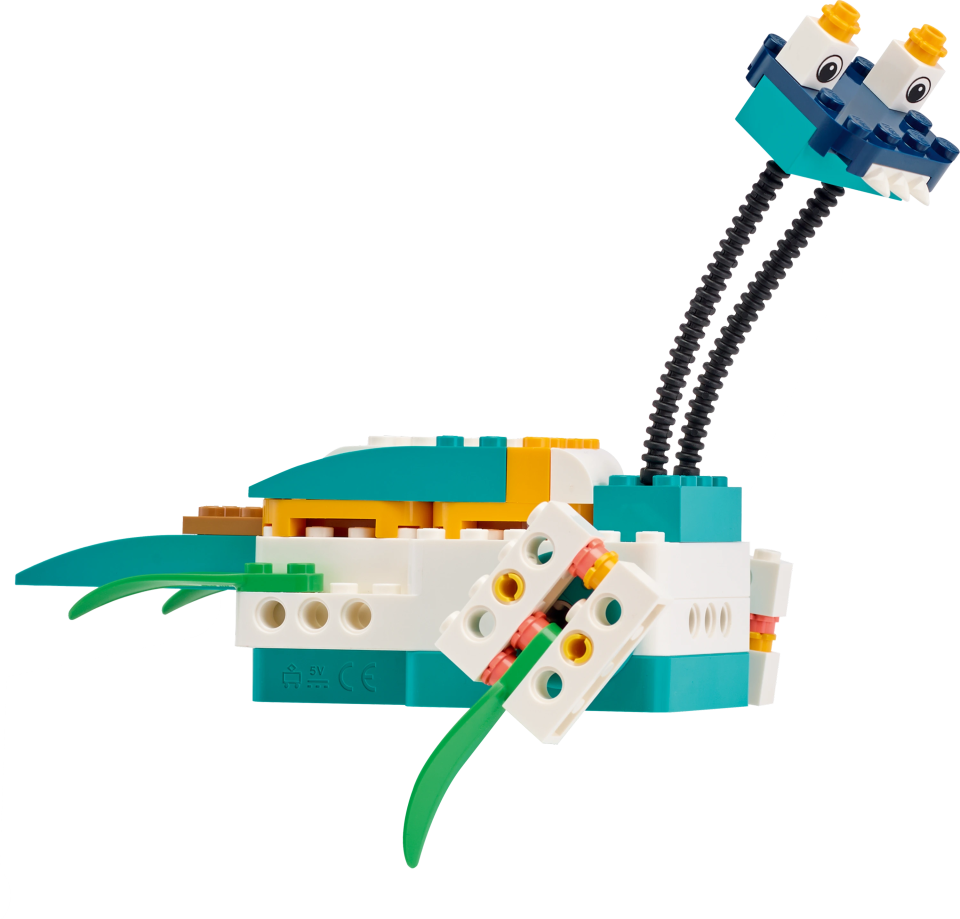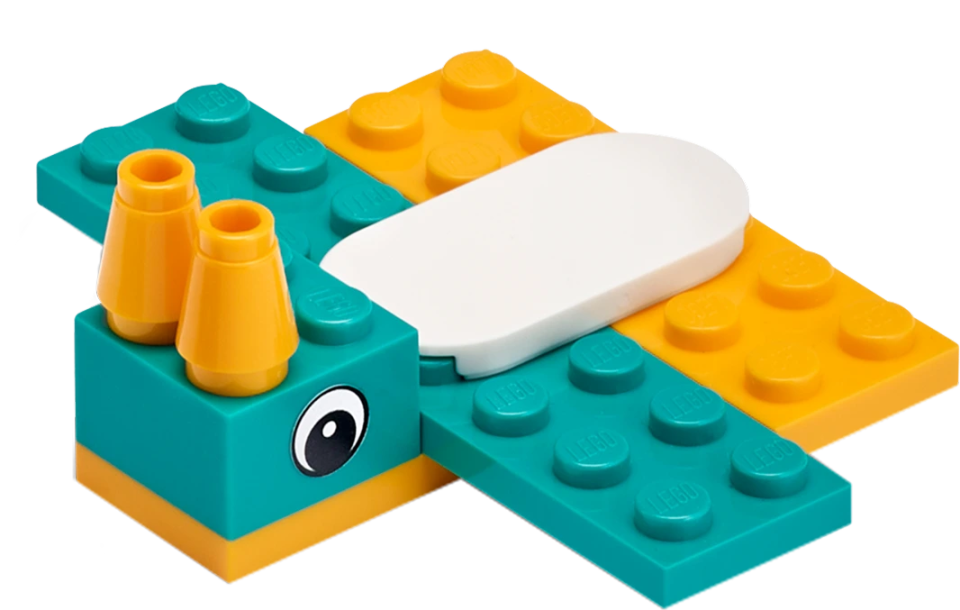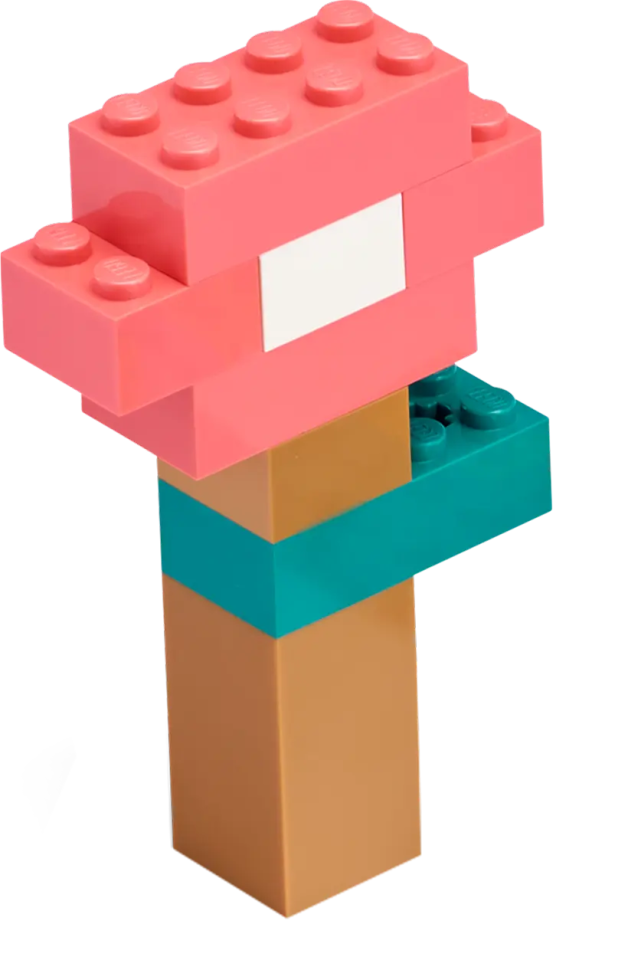Meeting Students Where They Are: Managing the Shift to a Student-Led Approach
Most educators recognize the need for a more balanced learning environment—one where students actively co-create their classroom experience and take responsibility for their studies. For many teachers, a differentiated, student-centric approach, or meeting students where they are, is an attractive and tempting solution to this challenge, but understandably, such a pedagogical shift can be daunting.
In this blog, we’ll explore meeting students where they are and what it means to be student-centric. We’ll also suggest some practical ways educators can start implementing student-centric teaching immediately so they can leave their concerns in the corridor and confidently ease into this new, exciting approach.
The “Why” of Meeting Students Where They Are
Meeting students where they are is an emerging educational approach that tailors teaching to each student’s unique starting point and individual needs rather than applying a one-size-fits-all method. This strategy promotes equity in the classroom and encourages students to take an active role in their learning, fostering excitement, motivation, and a sense of ownership over their education.
The great thing about meeting students where they are is that it works for all students, encouraging deep learning and aiding mastery of content at a pace that suits them. Sounds pretty good, right? This approach aligns with Vygotsky’s Zone of Proximal Development (ZPD)—a familiar concept for many but especially relevant here as it provides a theoretical framework for why student-centric teaching is so effective.
Vygotsky suggested that there is an optimal window for learning where children can achieve higher levels of understanding with support. This zone lies between what they cannot do alone and what they can do on their own. This optimal middle ground is crucial as it allows children to learn and develop skills they can use independently. However, it becomes problematic for those sitting outside the ZPD. Some students are yet to master a skill or concept and require individualized instruction, and some can already complete the task alone. And herein lies the challenge. How can educators ensure all students have a strong grasp of the material while leaving no one behind and encouraging other learners to continue developing and engaging with the content?
This is where a student-centric approach, or meeting students where they are, truly shines. For all learners to grasp a topic, teachers need a model that allows them to tailor instruction to individual needs and empowers students to co-create their learning experience in ways that align with their ZDP and personal interests. This type of model allows educators to deliver in-class differentiation. It empowers students to guide their own learning and gives educators a clear view of ‘where they are’ in their learning journey.
What Does It Take to Meet Students Where They Are
Meeting students where they are gives a classroom full of eager young minds agency over their education by making them co-constructors of their learning. However, such a pedagogical shift can seem intimidating for teachers who care deeply about their work, their students, and the outcomes of their classes. Roles will undoubtedly adapt—but that’s a great thing! Instead of traditional styles of teaching where educators act as the “sage on the stage” at the front of the classroom, they become guides or facilitators.
Despite what students think, teachers are humans, and just as kids need real-life examples, so do adults. Here are a few perspective shifts teachers might consider when moving into a student-centric framework:
“He’s so far behind.”
“What am I planning to teach?”
Memory-based learning and recall.
Content focus
“This learning will help him confidently move forward.”
“What does this student need right now to learn and progress?”
Understanding and comprehension skills that lead to thinking like a practitioner.
Skills focus
While it may be easy to grasp this new concept, the reality of changing a teaching approach inevitably comes with a few concerns. Perhaps some of the below are familiar:
- Student agency—"What is it, where do I start, and how much do I give?”
- Honoring the curriculum with an unfamiliar approach—"How do I ensure my students master the content and reach their academic goals? How do I measure and assess success?”
- Classroom management—"How do I manage individual, personalized instruction for an entire class?”
- Student progress—"How do I figure out where my students are? What if they are all in different places?”
If the above concerns ring loud and clear, have confidence because next up are five sequential ways teachers can start meeting students where they are right away.
Getting Comfortable with the Transition from Teacher-Centric to Student-Centric
Understanding the details of a student-centric approach is only half the equation. The next step is to implement activities that meet students where they are in the classroom. Below are a few recommendations to help teachers get started, and similar to an outstanding lesson, the suggestions are scaffolded to help build confidence while also ensuring progress. Master one, then move on to the next.
Start with a Driving Questions Board
A Driving Question Board (DQB) is a classroom display board that states the Driving Question for the studied topic. As the unit progresses, students actively participate in lessons, writing questions on the board and use the display as a road map to connect individual activities with the overall topic. It is hands-on and engaging but also effective—a win-win!
The DQB is a great first step for teachers adopting a more student-centric approach. Here’s why it’s an A+ idea:
It eases both teachers and learners into student-centric teaching, fostering engagement and agency and encouraging students to think broadly about the topic while also questioning what they don’t know.
It provides a great jumping-off point for teachers trying to understand their classes and what’s known or unknown by revealing background knowledge, interests, and misconceptions.
Practice Collaboration and Co-Learning
With the DQB up and running and students having more agency over their work and learning, teachers can use the board to plan lessons and start co-learning.
Map instructions or plan lessons using notes written on the board to demonstrate the value of student input and questioning. Show the class they are becoming co-collaborators.
Use the board to build relationships and make lessons fun and exciting. Move away from “I decide what happens in the classroom” and towards becoming a co-learner with students. Start exploring their questions and finding the answers to previously unknown questions as a group.
Practice flexibility and open-mindedness in lessons. Get comfortable with responsive teaching and shaping lesson plans daily or weekly rather than months in advance. Embrace pivoting with grace and leave a rigid attitude at the door.
Get Comfortable with Not Knowing
- Encourage curiosity and show students it’s ok to ask little, big, or obscure questions. If no one knows the answer, enjoy figuring it out collectively and savor students' smiles when they contribute something new. Working flexibly can be unsettling if it’s a change from the norm, but letting students have a say in the direction of a lesson increases engagement and shows them the importance of exploration, even if the outcome is unknown.
Embrace Solution Diversity
Solution diversity is a great way to build confidence in less engaged students and encourage blue-sky thinking no matter their ability or level. As an inquiry-based teaching method, it motivates students to come up with their own answers or conclusions to a challenge where there is no one correct answer or specific way to get there. This teaching method works because:
It gives students freedom over their learning journey and allows them to explore avenues of interest to them (while ensuring fidelity to the overall topic).
It adapts to individuals with diverse needs by allowing them to work in a way that makes sense to them.
It deepens mastery and cements concepts in students' minds by forcing them to view a problem from multiple, previously unconsidered angles while thinking critically and creatively to find a solution.
Remember when we mentioned managing personalization as a concern? Solution diversity works wonders when differentiating and facilitating the smooth running of a classroom.
Solution diversity allows high-achieving students to deepen their understanding of a topic, fostering mastery and a practitioner mindset. Facilitators can ask for alternative solutions to existing problems instead of introducing something new, giving students something productive to “chew” on and freeing up time for teachers to work with those who need more support.
Conversely, solution diversity is helpful for “catching up” those who need additional support. Posing scaffolded challenges in an open-ended way allows students to work through tasks in a way that makes sense to them.
Informal and Formal Assessments
All teachers know that assessments are a crucial part of teaching, so it’s understandable to wonder how a student-centric approach fits into the traditional testing model. Teachers want to feel secure in their ability to assess understanding and confident that they can prove the efficacy of their teaching. And meeting students where they are is no different. Here are two ways to evaluate students within this framework:
Building informal assessments into lessons provides invaluable insight for teachers. By asking questions like, “Are students showing mastery over the concepts and skills in this topic? Can they articulate their learning and think creatively about the subject?” teachers can help regulate student-centric lessons, inform planning, and improve future lessons.
Traditional measurements such as exams, assignment grades, and test scores may not be the optimal way to work with the meeting students where they are approach. However, it is still possible for a teacher to assess mastery even if there’s no fixed answer or more than one response or solution. In a formal assessment, asking students to talk through their thought process and route to a solution demonstrates their understanding and internalization of the learning. There may not be one correct answer to tick, but are learners using evidence and sound arguments to reach a plausible solution? If yes, they clearly understand the content and are on their way to developing mastery.
Final Thoughts
Making a pedagogical shift towards meeting students where they are can seem challenging—but it can also be incredibly rewarding for both teacher and student. But nothing happens overnight, and such a re-think can take time. Changing an approach in this area requires the same patience, resilience, and compassion we ask of students daily. But witnessing them transform from passive or unengaged to curious and creative, especially if they have struggled or disengaged in the past, is always worth the journey it takes to get there.




